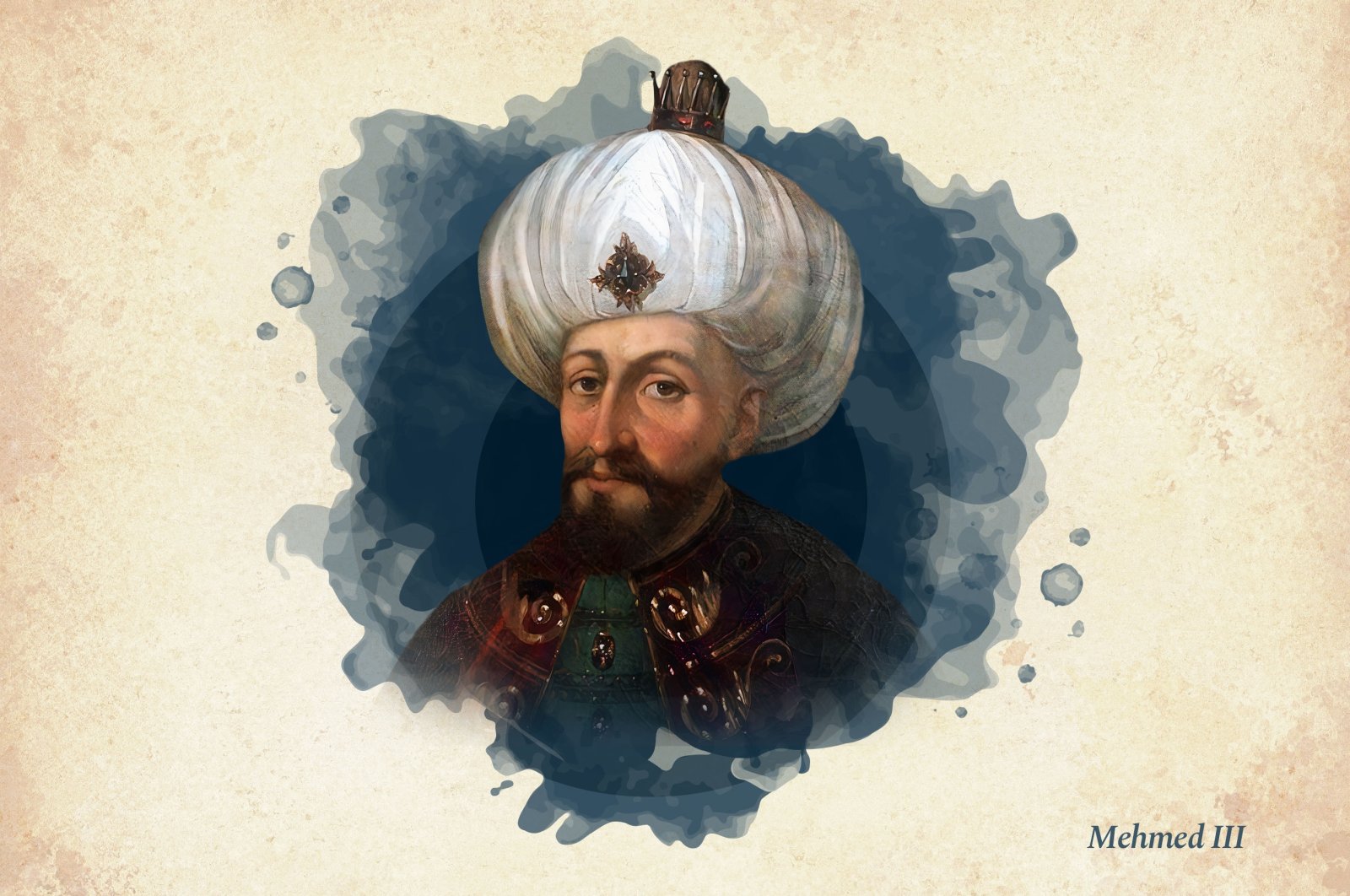
MIGHTY SOVEREIGNS OF OTTOMAN THRONE: SULTAN MEHMED III
Sultan Mehmed III was the 13th Ottoman sultan and the 72nd Islamic caliph, and the son of Sultan Murad III. When Sultan Suleiman I, also known as Suleiman the Magnificent, learned that he had a grandson just before his death in the Szigetvar campaign, he named the child after his great grandfather Sultan Mehmed II, also known as Mehmed the Conqueror.
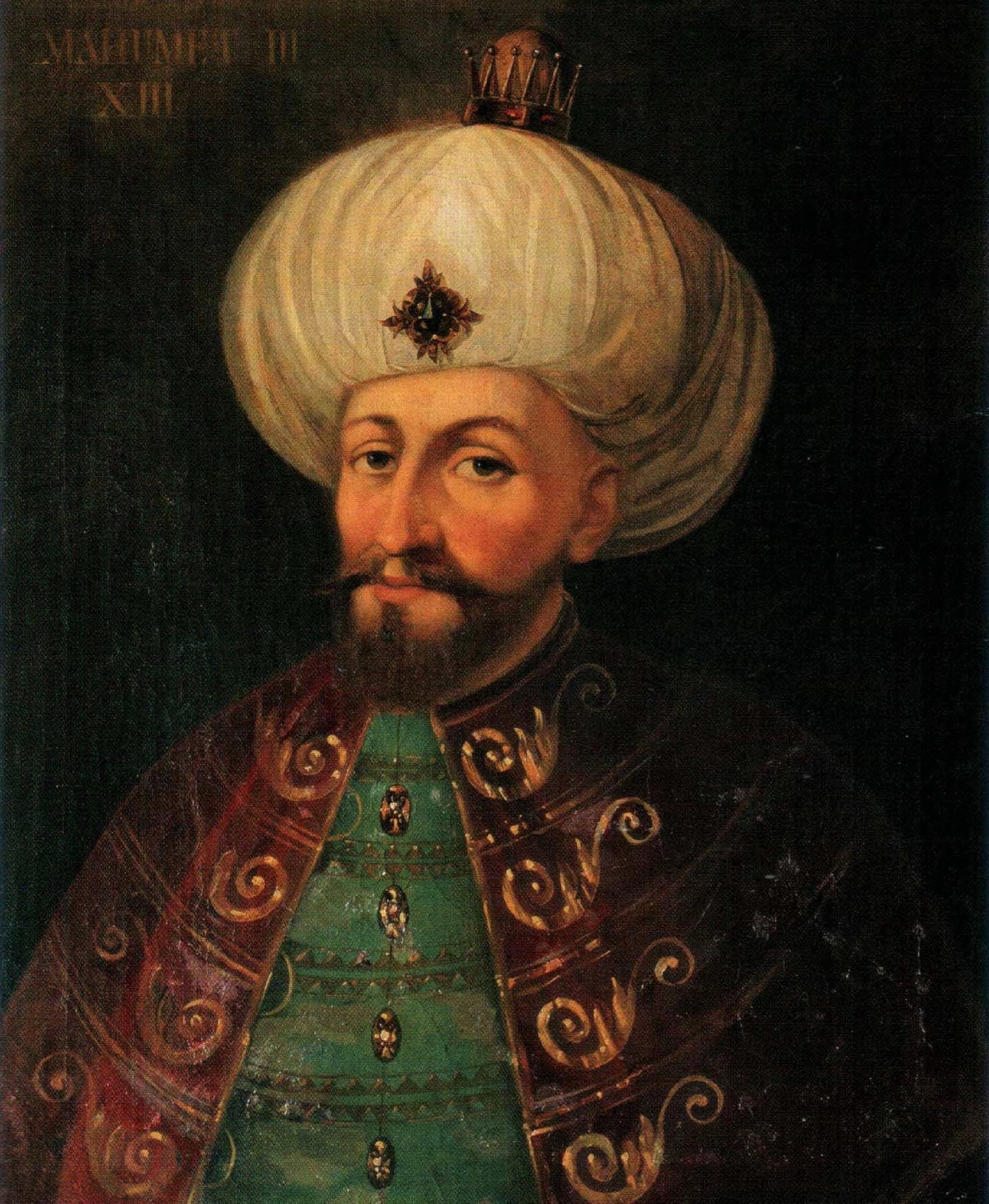
Having received a good education from the greatest scholars of the time, Şehzade (Prince) Mehmed III was circumcised in a magnificent ceremony and sent to Manisa as a governor. He was the last şehzade sent to a sanjak as a governor. After him, future princes always stayed in the palace.
He ascended to the throne at the age of 29 in 1595 after his father's death. Following the succession, he found himself in the middle of the Ottoman-Austrian wars that had been going on since 1593. The war was prolonged due to the conflicts of bureaucrats and the carelessness of Grand Vizier Sinan Pasha. On the other hand, Erdel (Transylvania), Eflak (Wallachia) and Boğdan (Moldavia) revolted.
Emperor in chains!
Due to the cowardice of Commander Mehmed Pasha, Esztergom and Visegrad fell into the hands of the Austrians on Aug. 7, 1595. The Ottoman army was saved from destruction because it retreated while fighting. On the other hand, Grand Vizier Sinan Pasha occupied Wallachia, and Bucharest fell.
However, after Sinan Pasha left without establishing security in Wallachia, Michael I, Voivode of Wallachia, started to follow the Ottoman forces. While the army was crossing the Danube, the Wallachian troops arrived because Sinan Pasha lingered unnecessarily. The voivode had the bridge demolished with cannon fire and destroyed the akinji (raider) troops that had not yet crossed it on Oct. 27, 1595. Thus, the Turkish akinji troops took a major blow that they couldn’t overcome.
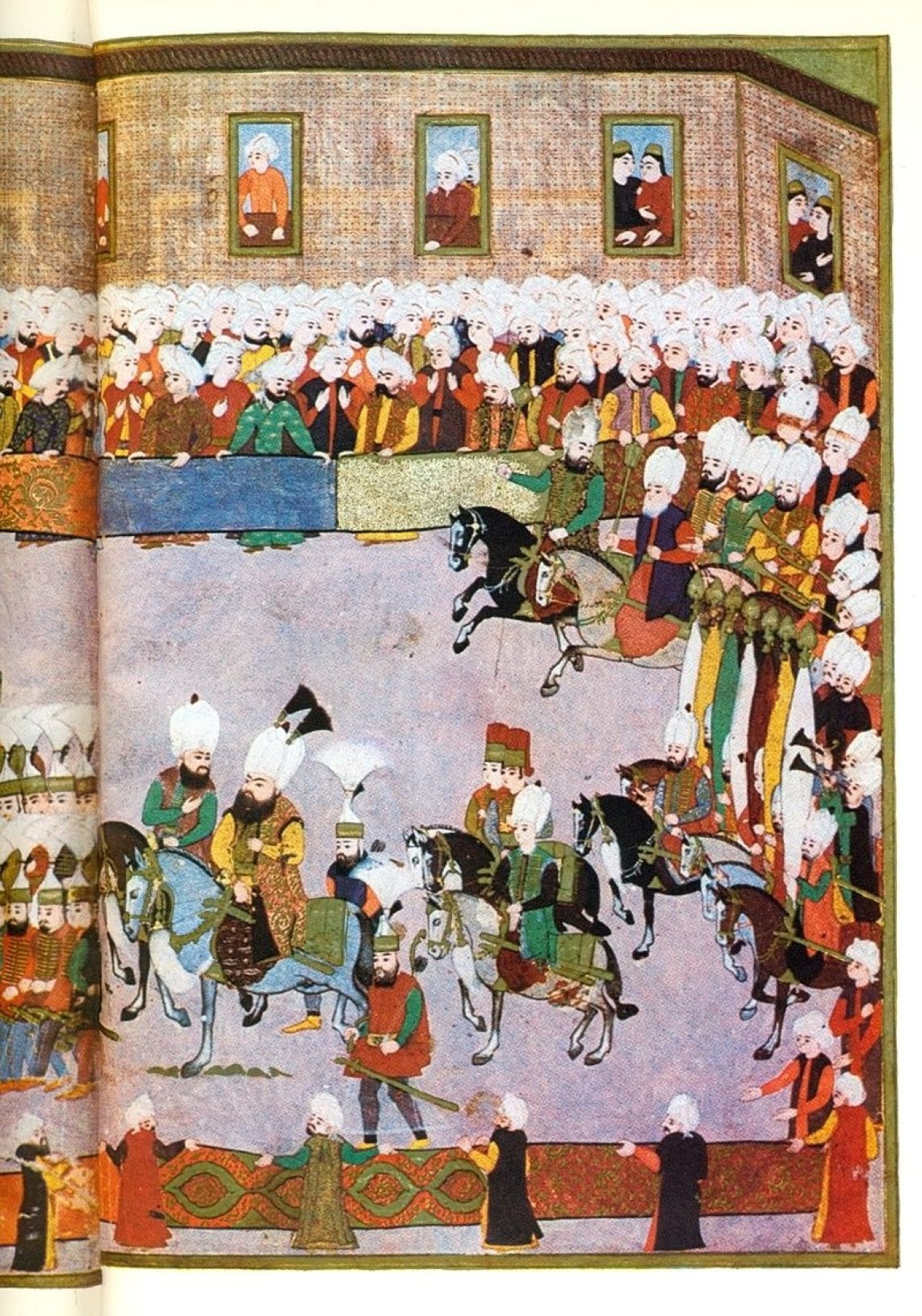
Sinan Pasha and his son Mehmed Pasha, who caused these disasters, are among the most sinister figures of Ottoman history. Sinan Pasha, who was dismissed and exiled, had declared war on Austria without any reasonable cause two years before, despite the opposition of almost all statesmen, and he bragged that he would bring the Holy Roman emperor to Istanbul in chains.
Sultan Mehmed III decided to go on a campaign in person with the suggestion of his teacher Sadeddin Efendi. By sending news everywhere that he would go on an expedition, he concentrated the hearts and minds of the nation on the field of war. The army marching on Eğri (Eger, Erlau) conquered the castle on Oct. 12, 1596.
White knight
On Oct. 25, 1596, the Ottoman army and the enemy army of 150,000 met in Mezokeresztes. The enemy army consisted of German, Hungarian, Papal, Florentine, Polish, Czech and Slovak forces. The Ottoman army was comprised of about 100,000 people.
On the second day of the war, the allies attacked, the Ottoman vanguard forces retreated. The war heated up. Hearing that the enemy was at a distance of one arrow, Sultan Mehmed III went into his tent and put on the Prophet Muhammad’s mantle. He took his spear in his hand and began to pray. Although the grand vizier advised him to withdraw, he asked the opinion of Sadeddin Efendi. He said: “This is how war is. What is needed is to stay firm in your place.”
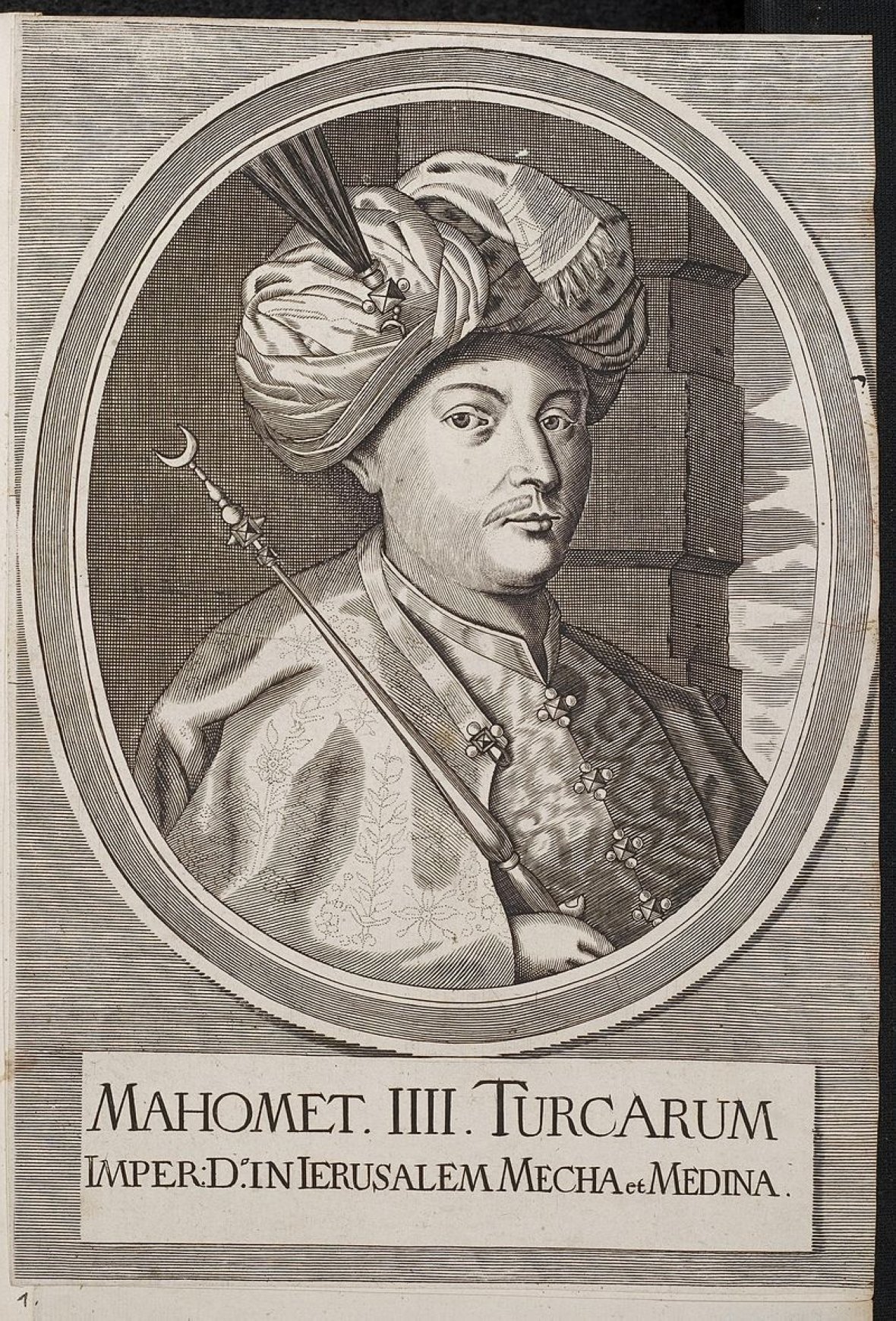
Seeing the sultan on his horse in his white dress and Sadeddin Efendi holding the rein of the sultan's horse, the morale of the soldiers recovered. The sultan, on the other hand, made soldiers shout, "The enemy has fled." Even the service units of the army attacked the enemy whatever weapons they could grab.
The allied army was pushed into the swamp, and 20,000 of them were killed. Tatar horsemen also killed 60,000 people who fled. Thus, a great battle of destruction was won. The leading commanders Cağaloğlu Sinan Pasha and Crimean Khan Fetih I Giray played a great role in this victory.
Although some modern historians portray this as an accidental victory, that is not true. The retreat of the troops was a strategic war tactic designed to overcome the disadvantage of the enemy artillery’s having a longer range.
Big reward for simple work?
The Battle of Keresztes showed once again how wrong it was to engage in the field battle against the Ottomans, who had the strongest land army in the world. The participation of Sultan Mehmed III, who was now known as the Conqueror of Eger, in the campaign in person compensated for the incompetence of the military bureaucrats.
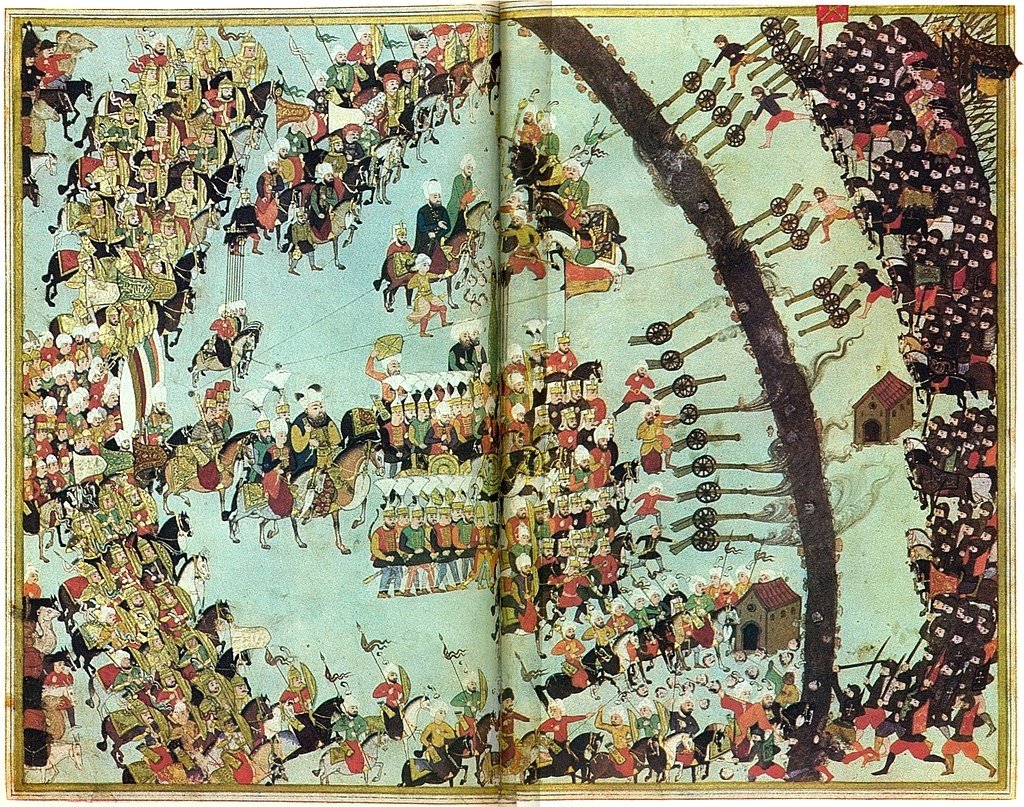
Ottoman historian Ibrahim Peçevi said: “The Battle of Keresztes was not a smaller victory than the Battle of Mohacs. If the army had advanced on Budin in this battle, all the fortresses held by the enemy would have fallen. If they had spent the winter in Belgrade and taken action again in the spring at least, the result would have been different.” But the greatest desire of the viziers and soldiers in the euphoria of victory was to return to Istanbul as soon as possible.
Before the war, when the voivode of Transylvania asked about siding with the Ottomans or the allies in the war council, everyone advocated the idea of siding with the Ottomans, but the voivode did not listen. After the Battle of Keresztes, support for the Ottomans strengthened in Transylvania, Wallachia and Moldavia.
In 1601, Archduke Ferdinand II besieged the fortress of Nagykanizsa with 80,000 soldiers. Reinforcements could not arrive due to the severe winter. Tiryaki Hasan Pasha, who defended the castle with 9,000 soldiers, made the soldiers believe that military reinforcements would arrive soon with fake letters. Giving the impression that there was no cannon in the castle, he brought the enemy closer to the castle and then inflicted many casualties with cannonballs. By making frequent strikes with sudden and rapid attacks from the castle, he forced the enemy to retreat on Nov. 18, 1601.
The enemy's ammunition was captured. This is considered the final victory of the Austrian wars. Therefore, when Sultan Mehmed III congratulated Tiryaki Hasan Pasha and gave him the rank of vizier, the pasha burst into tears and did not hide his astonishment by saying, "In the past, such a reward was not given for such simple services." Historians say that Tiryaki Hasan Pasha regarded the glory of the sultanate so highly that he was even jealous of himself for being complimented by the state. This sense of responsibility was present in almost all veterans who regarded serving the state and the nation as their most natural duty without expecting any reward.
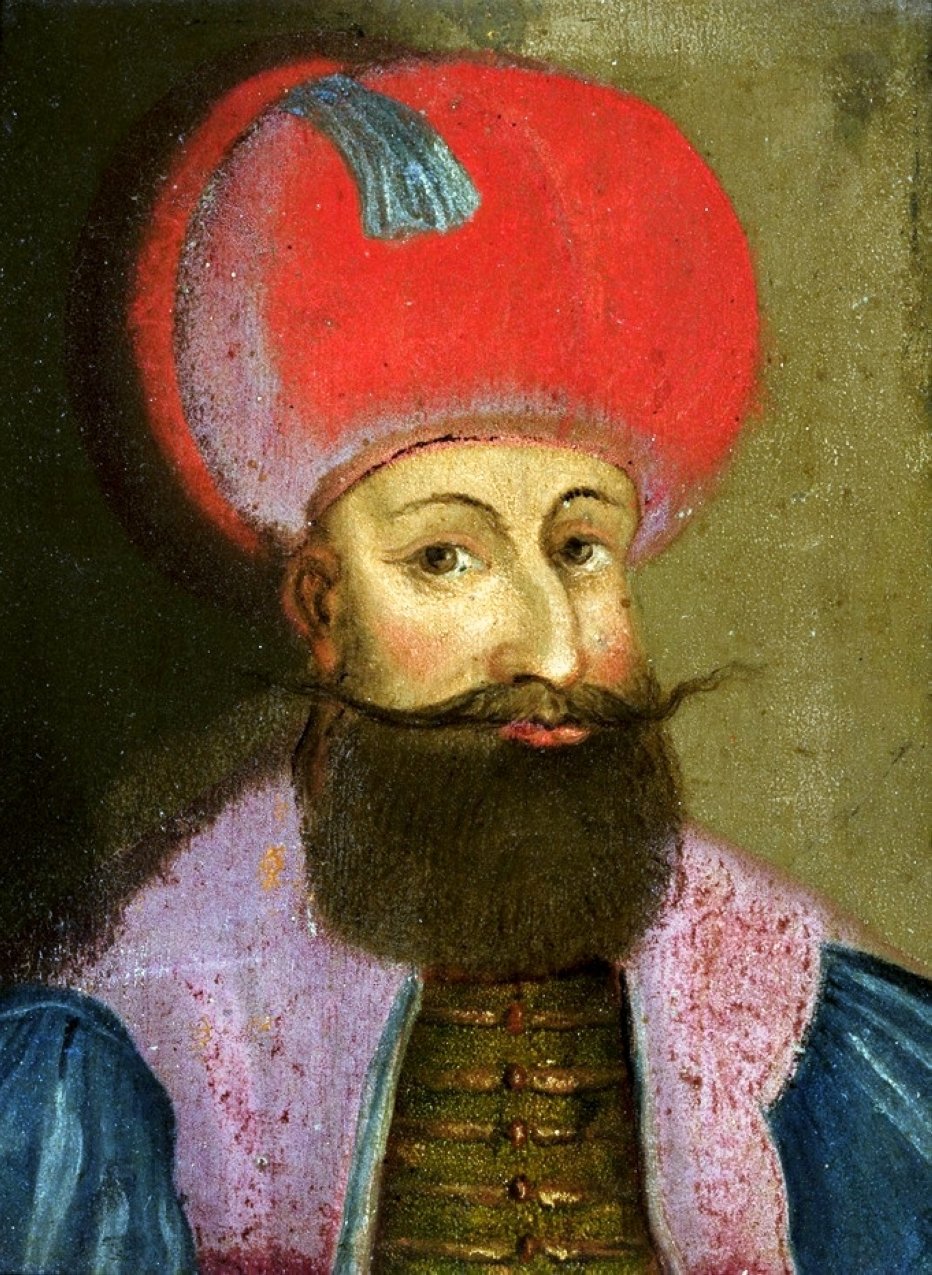
Bad news
Meanwhile, the Celali rebellions broke out in Anatolia under the leadership of a dissatisfied mass. This name comes from a sipahi (cavalry officer) named Bozoklu Celal, who rebelled in Anatolia during the last period of Sultan Selim I, also known as Selim the Resolute.
It was determined that 30,000 soldiers had fled during the Battle of Keresztes. After the war, they were expelled from the army. During this expulsion, there were also those who could not participate in the war for just causes or those who were slandered by someone that coveted their place in the army. Moreover, the Crimean Khan Ghazi (veteran) Giray, who did not come to the expedition and sent his brother, was dismissed without any excuse.
The expulsion of 30,000 people, whose only source of income was their job in the army, was the most important reason for the rebellion. They spread over Anatolia and began to engage in banditry. Also, the envy among Turkmens caused by the increase in the number of janissaries, the inadequacy of the statesmen and the gradual impoverishment of the Anatolian people, who were accustomed to living in abundance, worsened the situation.
Meanwhile, a former officer named Karayazıcı Abdülhalim, who claimed that he had been subjected to injustice, also rose up in rebellion with a dissatisfied crowd gathered around him. The government temporarily quenched the rebellion by giving him the governorship of Amasya.
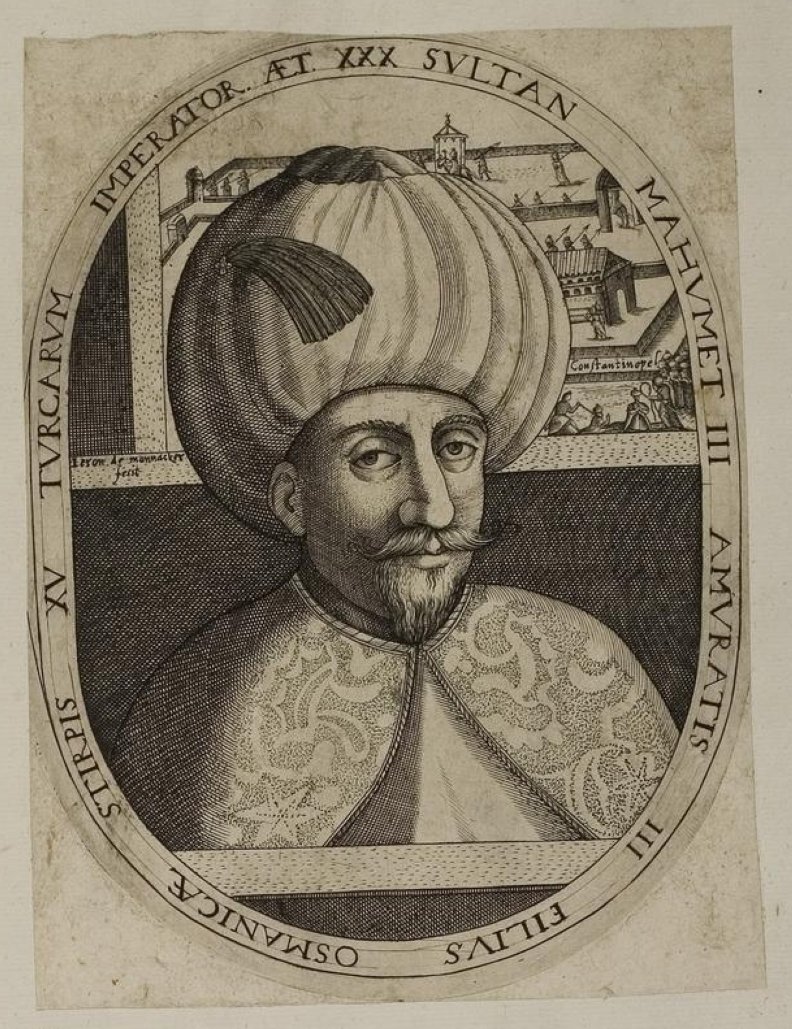
But Karayazıcı revolted again and declared himself sovereign. The revolt was suppressed with great trouble, but it remained a temporary victory as the causes that led to the revolt were not remedied. New rebellions broke out the next year, and some of them even spread to Istanbul. The government succeeded in putting out the fire of rebellion for a while by making an agreement with the rebels.
The sultan's 16-year-old son Şehzade Mahmud asked his father to appoint him as the Anatolian commander-in-chief and said that he could overcome the Celali rebellions. Because of his talented, excited, but reckless actions, the şehzade found himself in the middle of a conspiracy and was executed by his father on June 7, 1603.
Iranian Shah Abbas III, who saw all these events as an opportunity, crossed the Ottoman border by making an alliance with the European states. The army of the governor of Tabriz was defeated, the governor was killed. The shah besieged Tabriz. When those in the castle were helpless, they surrendered by waving their flag. Although it was against the law of war to harm the lives and property of those who surrendered in such a situation, the shah massacred the people in the city on Oct. 21, 1603. Then Nakhchivan and Yerevan fell.
We do not consent to cruelty!
Sultan Mehmed III, who was very upset due to all these events and stopped eating or drinking, died of a heart attack on the night of Dec. 21-22, 1603. He was 37 years old. He was buried in his tomb in the courtyard of the Hagia Sophia Mosque. He is described to be short, fleshy, fair-skinned and with black hair. Sultan Mehmed III left behind two sons named Ahmed and Mustafa, as well as several daughters.
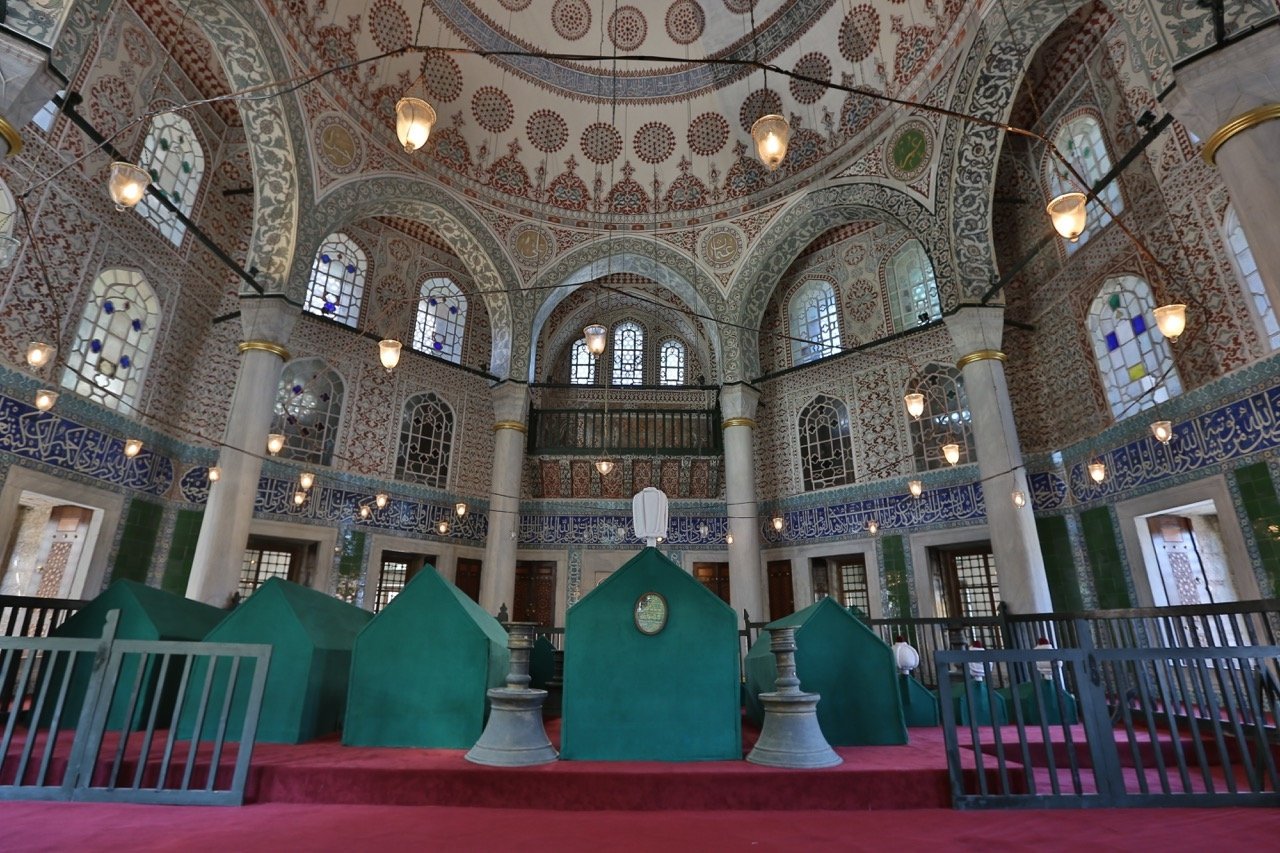
Additionally, the sultan has been described in the sources as a being gentle, benign, docile, calm, dignified, sensitive and very pious. He used to perform five daily prayers in the congregation. When the name of Prophet Muhammad was mentioned, he would stand up out of respect. He valued scholars and encouraged them. He was a member of Abdülmecid Sivasi, the sheikh of the Sufi Khalwati order. Historians such as Mustafa Selaniki, Mustafa Ali, Hoca Sadeddin Efendi and poets such as Nev'i and Baki lived in his time. He commissioned a madrassa in Medina. The foundations of the Yeni Mosque in Istanbul were laid in her time.
Sultan Mehmed III liked hunting. He was also a master at making arrows. He always carried a sword and a bow with him. He was a master poet. His poems, written in a sincere and plain language with the pseudonym Adli, show the delicacy and sensitivity of his heart. The following couplet, which shows his devotion to justice and Allah's order, is very famous:
“We do not consent to oppression, we are in favor of justice”
"We seek the mercy of Allah, we obey his orders”
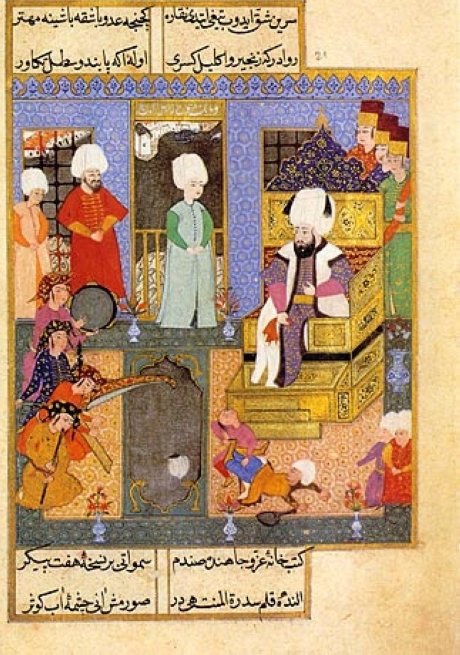
Absence of man
While returning from a visit to the tomb of Abu Ayyub al-Ansari in 1590, some qadis (judges), who claimed that they had been subjected to injustice, complained about the Anatolian kazasker (chief judge). Sultan Mehmed III conducted an investigation and saw that the kazasker was wrong and dismissed him. The sultan showed sensitivity about entrusting state services to competent people with great goodwill. But his kindness and softness were abused.
He benefited greatly from the ideas of his teacher Sadeddin Efendi. Sadeddin Efendi was the son of Hasan Can, a courtier of Sultan Selim I, and the favorite adviser of Sultan Murad III and Sultan Mehmet III, respectively. Even Sultan Mehmed III ordered that no decision would be taken without consulting his teacher. For this reason, all the viziers cringed before Sadeddin Efendi. He was also a master historian and became the patriarch of a large ulama family.
Sadeddin Efendi wanted to make a big reform in the army. At the disadvantage of the janissaries, he wanted to give the eyalet (province) soldiers, who constituted the other part of the army, the importance and power that they had during the reign of Suleiman the Magnificent. But his life was not long enough to do it, since he died in 1599. Sultan Osman II reconsidered this project 20 years later but he could not succeed at the cost of his life as well.
After the death of Lala Mehmed Pasha, who had been with him since his childhood, Sultan Mehmed III was worn out among the conflicts of low-profile statesmen. (Şehzades were trained by the education provided by statesmen called “lala” at a young age, and when they came to the throne, these lalas were usually made grand vizier.)
With the death of Hoca Sadeddin Efendi, Sultan Mehmed III was left completely alone. The biggest misfortune of this sultan was that the valuable people around him were very few during his reign. He once said, “Whoever I trusted betrayed my trust. I could not find a true and righteous person in the world.”
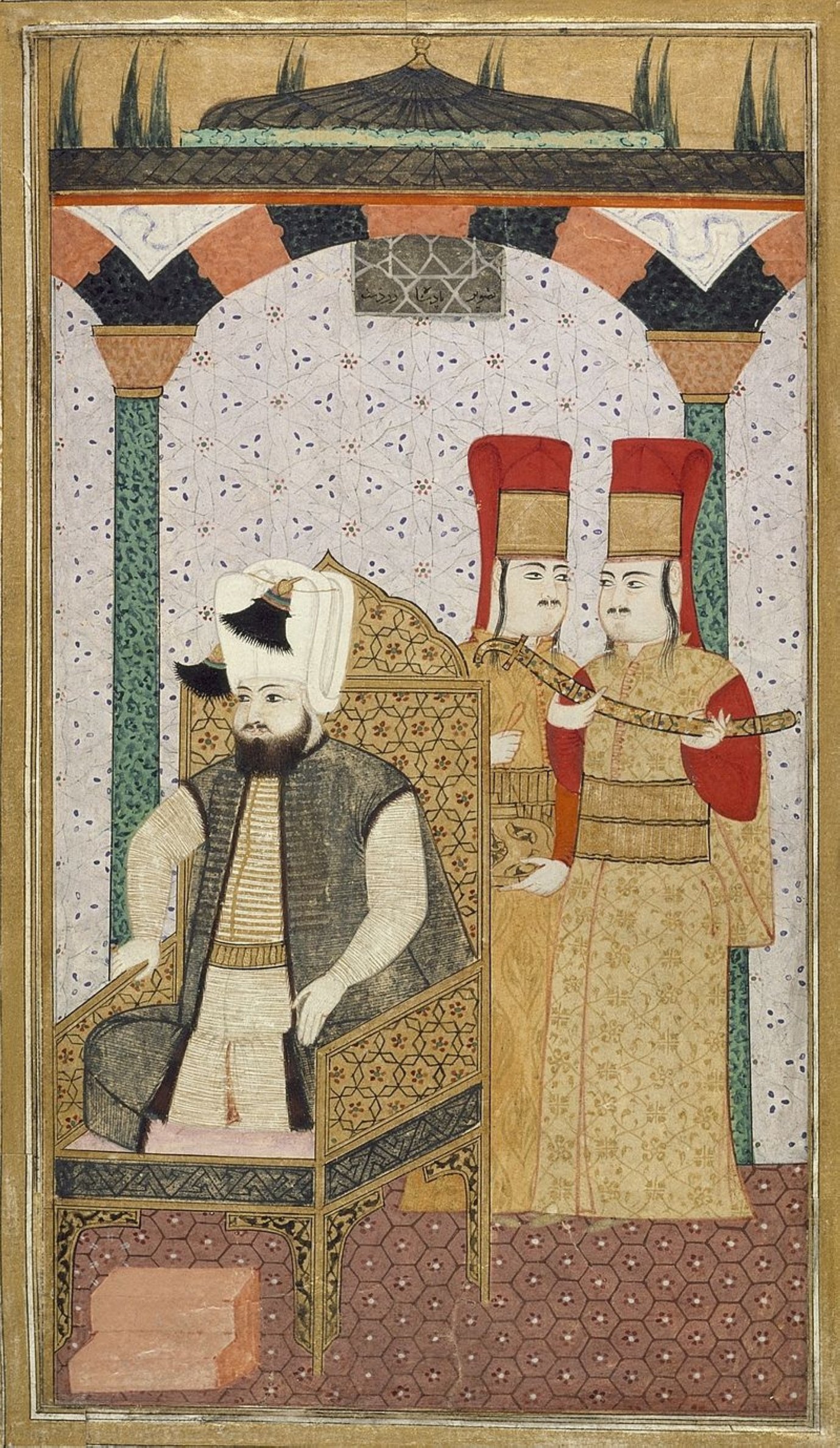
Bright stagnation
When he ascended the throne, Sultan Mehmed III first visited the graves of his ancestors. He revived the custom of discussing the affairs of the state and the public with the sultan by approaching viziers during Friday prayer processions, which were called “Cuma Selamlığı." This action raised great hopes. He had a different temperament than his tender-hearted father, who was fond of splendor. He removed unnecessary staff and entertainment in the palace and ordered the immediate payment of the debts of the palace. He started to lead a simple life.
Although it is said that Sultan Mehmed III was under the influence of his Albanian-born mother Safiye Sultan because of his love and respect for her, this is an exaggeration. When he came to the throne, he had his brothers executed within the fratricidal framework of the organization law of Sultan Mehmed II in order to prevent future revolts under the claim of the throne. This decision, which the sultan made with great sadness, caused great indignation in Istanbul. This was the last application of the constitutional condition.
Sultan Mehmed III was interested in European politics. He used to read reports about them and give importance to diplomatic relations with England and France. Britain's Queen Elizabeth sent an organ to him. Upon this gift, the sultan sent compliments to the queen with her ambassador. After the ambassador left, he wanted the organ to be placed somewhere he would not be able to see in the palace.
There was no loss of land during the reign of Sultan Mehmed III, but the empire entered a period of stagnation. First-class soldiers and bureaucrats were no longer common during this period. There was a tendency towards slackness in the institutions. The influence of the Divan-ı Hümayun (Imperial Council) decreased in favor of the courtiers. However, cultural life, art and science did not lose their brilliance.
Önceki Yazılar
-
"WOE TO THE ENEMIES OF THE REVOLUTION!" What Was The People’s Reaction To The Kemalist Revolutions?2.07.2025
-
DEATH IS CERTAIN, INHERITANCE IS LAWFUL!25.06.2025
-
THE SECRET OF THE OTTOMAN COAT OF ARMS18.06.2025
-
OMAR KHAYYAM: A POET OF WINE OR THE PRIDE OF SCIENCE?11.06.2025
-
CRYPTO JEWS IN TURKEY4.06.2025
-
A FALSE MESSIAH IN ANATOLIA28.05.2025
-
WAS SHAH ISMAIL A TURK?21.05.2025
-
THE COMMON PASSWORD OF MUSLIMS14.05.2025
-
WERE THE OTTOMANS ILLITERATE?7.05.2025
-
OTTOMAN RULE BENEFITED THE HUNGARIANS30.04.2025